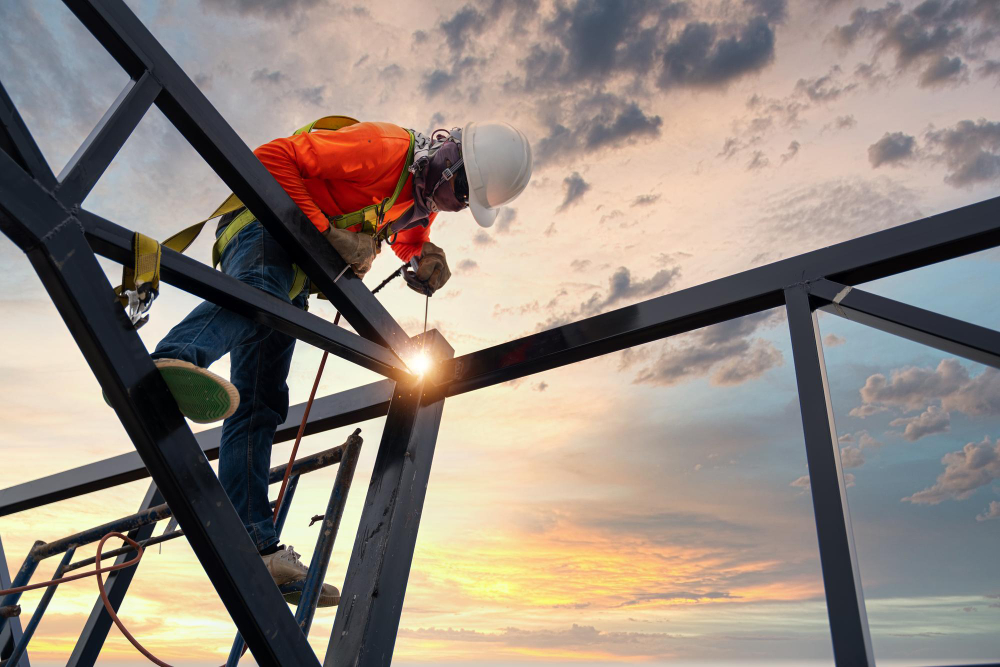
Structural steel fabrication is a precise and complex process that involves cutting, bending, shaping, and assembling steel components to create a wide range of structures, from simple frameworks to complex buildings. Mastering the art of precision in structural steel fabrication techniques requires a deep understanding of the properties of steel, as well as the skills and expertise to work with this versatile material efficiently and effectively.
One of the most important aspects of mastering structural steel fabrication techniques is precision cutting. Cutting steel requires the use of specialized tools, such as plasma cutters, laser cutters, or saws, to ensure accurate and clean cuts. Precision cutting is essential for creating components that fit together seamlessly and form a structurally sound final product.
Another key technique in structural steel fabrication is bending. Bending steel requires the use of hydraulic presses or specialized bending machines to shape the steel into the desired angles and curves. Precision bending is essential for creating components that fit together precisely and form strong and stable structures.
Shaping is another important aspect of mastering structural steel fabrication techniques. Shaping steel involves manipulating the material to achieve the desired form and dimensions. This can include techniques such as rolling, forging, or hammering to shape the steel into the required components. Precision shaping is essential for creating components that are uniform in size and shape, ensuring a consistent and high-quality final product.
Assembling steel components is a critical step in the structural steel fabrication process. Assembling involves joining the individual steel components together to create the final structure. This can be done through welding, bolting, or riveting, depending on the design requirements. Precision in the assembly process is crucial for ensuring that the components fit together securely and form a strong and stable structure.
Mastering structural steel fabrication techniques also requires a thorough understanding of the properties of steel. Steel is a strong and durable material that is widely used in construction due to its high tensile strength and flexibility. Understanding the properties of steel, such as its strength, ductility, and hardness, is essential for selecting the right type of steel for the specific application and ensuring that the fabricated structure meets the desired specifications.
In addition to technical skills, mastering the art of precision in structural steel fabrication techniques also requires experience and expertise. Experienced fabricators have the knowledge and skills to overcome challenges and address issues that may arise during the fabrication process.
Overall, mastering the art of precision in structural steel fabrication techniques is a complex and challenging process that requires a combination of technical skills, experience, and expertise. By understanding the properties of steel, mastering cutting, bending, shaping, and assembling techniques, and continually refining their skills, fabricators can create high-quality, structurally sound steel structures that meet the highest standards of precision and craftsmanship.